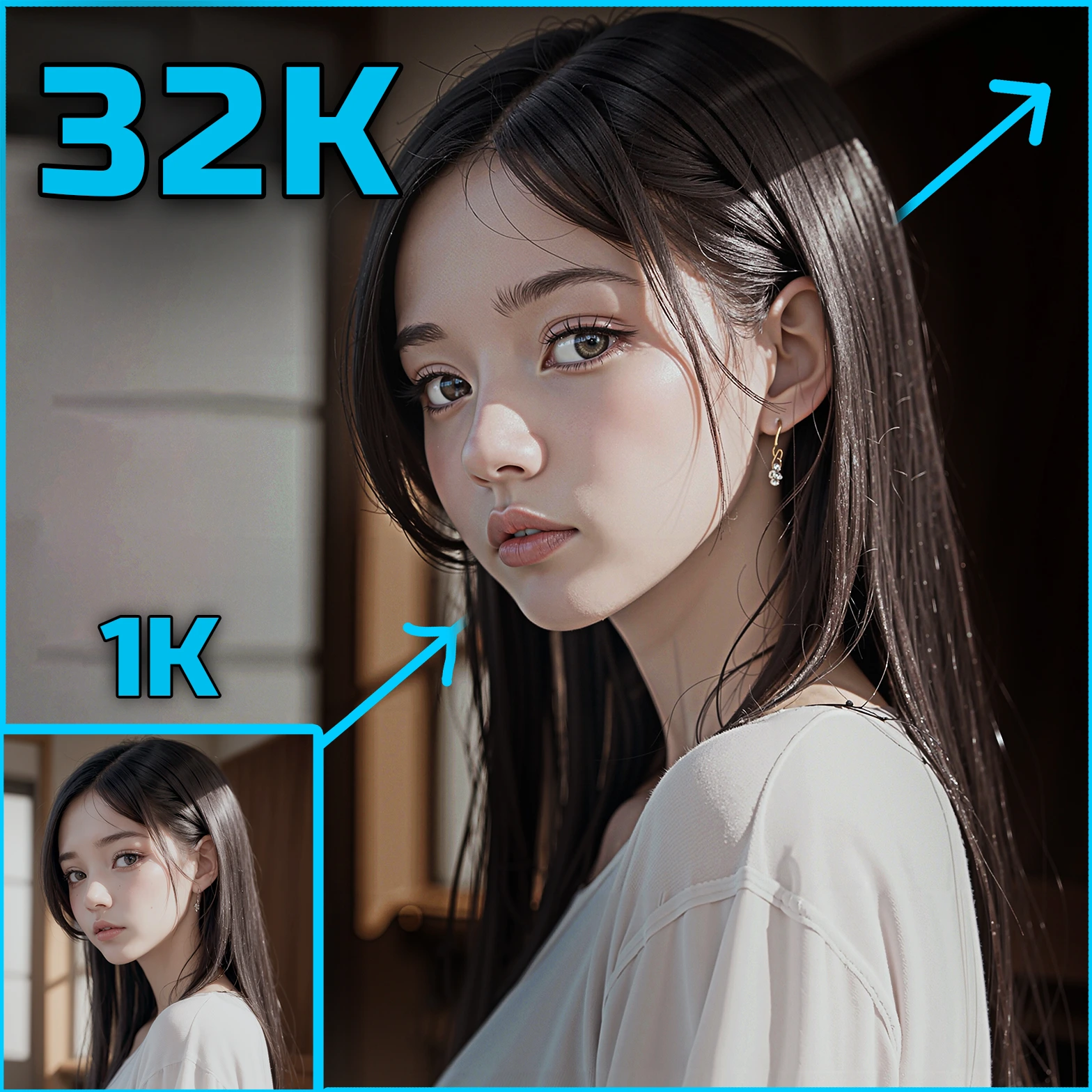ComfyUI Node: Image Receiver
ImageReceiver
CategoryImpactPack/Util
Dr.Lt.Data (Account age: 747days) Extension
ComfyUI Impact Pack Latest Updated
2025-03-23 Github Stars
2.28K
How to Install ComfyUI Impact Pack
Install this extension via the ComfyUI Manager by searching for ComfyUI Impact Pack- 1. Click the Manager button in the main menu
- 2. Select Custom Nodes Manager button
- 3. Enter ComfyUI Impact Pack in the search bar
Visit ComfyUI Online for ready-to-use ComfyUI environment
- Free trial available
- 16GB VRAM to 80GB VRAM GPU machines
- 400+ preloaded models/nodes
- Freedom to upload custom models/nodes
- 200+ ready-to-run workflows
- 100% private workspace with up to 200GB storage
- Dedicated Support
Image Receiver Description
ImageReceiver node decodes and processes image data for AI art projects in ComfyUI-Impact-Pack framework.
Image Receiver:
The ImageReceiver node is designed to handle and process image data within the ComfyUI-Impact-Pack framework. Its primary function is to receive image data, decode it, and prepare it for further processing or analysis. This node is particularly useful for AI artists who need to integrate image data into their workflows seamlessly. It supports both direct image file inputs and base64-encoded image data, making it versatile for various use cases. The node ensures that images are correctly oriented and converted to a suitable format for further processing, providing a reliable and efficient way to handle image data in your AI art projects.
Image Receiver Input Parameters:
image
This parameter accepts the path to the image file or a special identifier #DATA when using base64-encoded image data. If a file path is provided, it must be a valid and accessible path. The image parameter is crucial as it determines the source of the image data to be processed. There are no specific minimum or maximum values, but the path must be valid and correctly formatted.
link_id
This parameter is used internally to manage the linkage between nodes. It helps in tracking the flow of data within the workflow. While it is essential for the node's operation, it typically does not require manual input from the user.
save_to_workflow
A boolean parameter that determines whether the image data should be saved to the workflow. If set to True, the node will decode and process the base64-encoded image data. If False, it will load the image from the provided file path. This parameter impacts how the image data is handled and processed, with True enabling direct data handling and False relying on file-based input. The default value is False.
image_data
This parameter holds the base64-encoded image data when save_to_workflow is set to True. It is a string that contains the encoded image, which will be decoded and processed by the node. This parameter is essential for handling inline image data and must be correctly formatted as a base64 string.
trigger_always
A boolean parameter that forces the node to process the image data regardless of other conditions. This can be useful for ensuring that the image is always processed, even if certain conditions are not met. The default value is False.
Image Receiver Output Parameters:
image
The processed image data, returned as a tensor. This output is the main result of the node's processing and is used for further analysis or manipulation within the workflow. The image is converted to a suitable format and normalized for subsequent operations.
mask
A mask tensor that represents the alpha channel of the image, if present. If the image does not have an alpha channel, a default mask is generated. This mask is useful for tasks that require transparency information or segmentation.
Image Receiver Usage Tips:
- Ensure that the image file path is valid and accessible when using file-based input to avoid errors.
- Use base64-encoded image data for inline image handling by setting
save_to_workflowtoTrue. - Utilize the
trigger_alwaysparameter to force image processing in scenarios where conditional processing is required.
Image Receiver Common Errors and Solutions:
Invalid image file: <image_path>
- Explanation: This error occurs when the provided image file path is invalid or inaccessible.
- Solution: Verify that the image file path is correct and that the file exists at the specified location.
[WARN] ComfyUI-Impact-Pack: Image Receiver - invalid 'image_data'
- Explanation: This warning indicates that the base64-encoded image data is invalid or incorrectly formatted.
- Solution: Ensure that the
image_dataparameter contains a valid base64-encoded string and that it is correctly formatted.
Exception: 'CLIPSeg' node isn't installed.
- Explanation: This error occurs when the required 'CLIPSeg' node is not installed in the system.
- Solution: Install the 'CLIPSeg' node by following the provided instructions or using the specified installation URL.
Image Receiver Related Nodes
RunComfy is the premier ComfyUI platform, offering ComfyUI online environment and services, along with ComfyUI workflows featuring stunning visuals. RunComfy also provides AI Models, enabling artists to harness the latest AI tools to create incredible art.


